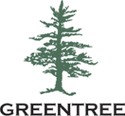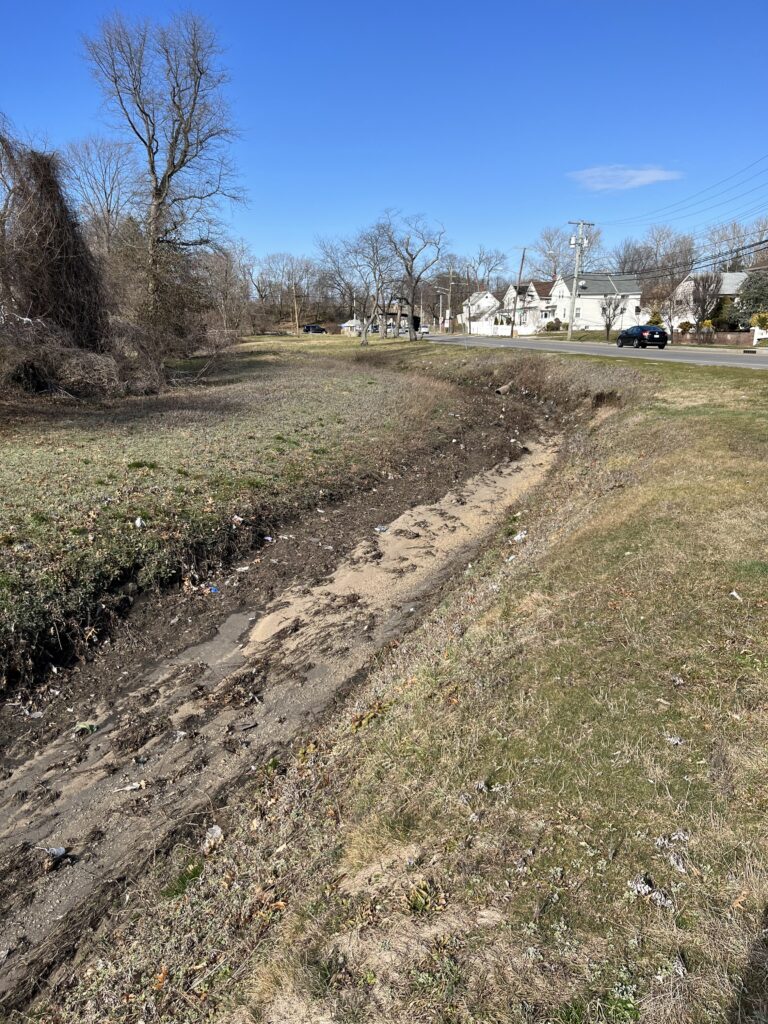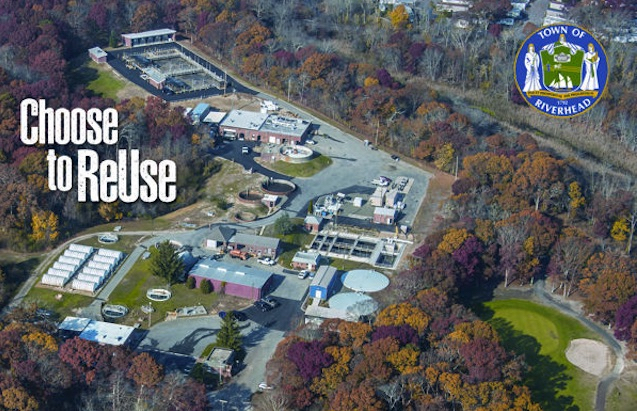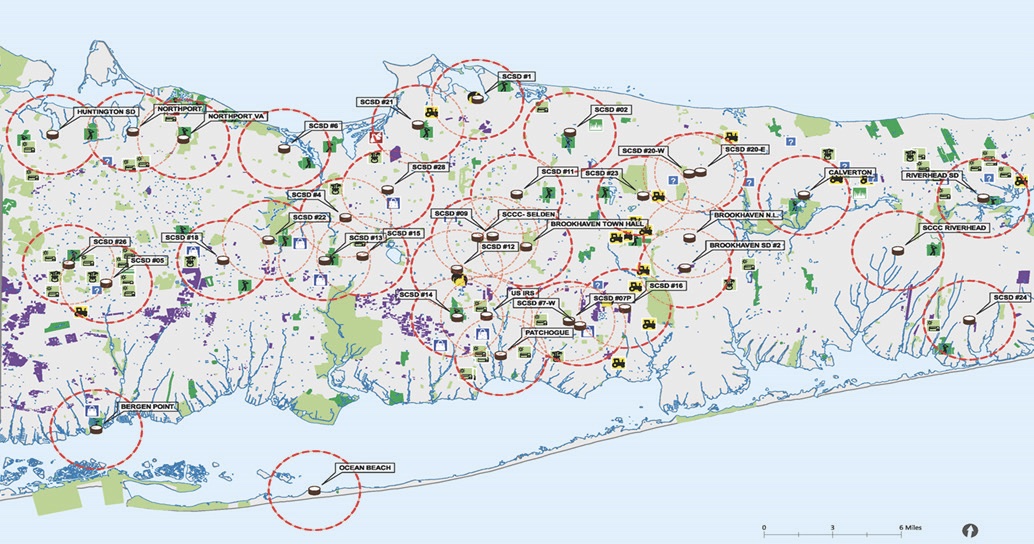Long Island Water Reuse
Roadmap & Action Plan

Seatuck and the Greentree Foundation, in association with Cameron Engineering, initiated the Long Island Water Reuse Roadmap and Action Plan to catalyze the implementation of water reuse on Long Island and ensure that the strategy plays a larger and more meaningful role in safeguarding the region’s drinking water and surface water resources.
Executive Summary
Introduction
Over the past half century, water quality in Long Island’s groundwater aquifers (the sole source of drinking water for more than 2.5 million Nassau and Suffolk County residents), as well as both freshwater and coastal surface waters, has steadily declined.
Notable among this water quality problem is the detrimental impacts to human and ecosystem health associated with excess nitrogen. In drinking water aquifers, excess nitrogen can pose a public health risk to infants and small children; in surface waters it can trigger deleterious algae blooms and degrade salt marsh health.
During this same time period, Long Island’s water quantity problem has also come into focus. High rates of pumping have impacted Long Island’s vast aquifer resources, with water table levels significantly decreased in many places. While these reductions may not impact the overall availability of drinking water, they do result in lost streams and other wetlands, which serve as vital wildlife habitat. High rates of groundwater withdrawal can also alter salinity regimes in coastal embayments and result in saltwater intrusion into aquifers used for drinking water.
An array of laws, policies, and strategies have been adopted over the years to address Long Island’s dual water problems. These include the federal Clean Water Act and the New York State Pollution Discharge Elimination System, as well as local efforts to reduce the use of lawn fertilizers, encourage water conservation, require the enclosure of road salt piles, and a mandate that below grade gasoline storage tanks be double walled.
More recently, Nassau and Suffolk Counties have meaningfully responded to the threat from excess nitrogen by advancing ambitious programs to replace the nearly 400,000 existing private cesspools/septic tanks with Innovative/Alternative systems (“I/A systems”). These new systems significantly reduce the amount of nitrogen discharged into the groundwater and surrounding environment. While these efforts are having a positive impact, it is clear that more must be done to ensure that both the quality and quantity of Long Island’s water resources remain high for generations to come.
Water reuse (or water recycling, as it is also known) is a complementary strategy that can meaningfully help Long Island address its water issues. It involves “reusing” highly treated wastewater generated from sewage treatment plants for water-dependent purposes instead of discharging it into the ocean or local coastal waters.

Water reuse provides dual benefits related to both water quality and quantity. First, it impacts surface water quality by avoiding the discharge of nitrogen-laden water into coastal waters by putting it to use in other applications. In many reuse applications (e.g., golf courses, sod farms, nurseries), the nitrogen in the reclaimed wastewater is used by plants, which can reduce the need to apply synthetic fertilizers. Second, water reuse addresses water quantity problems by eliminating the need to pump “new water” from the aquifer and, in some applications, allowing reclaimed water to infiltrate back into the ground.
The dual benefits of water reuse have long been recognized and embraced in other parts of the world, such as the Middle East, and across the country, especially in places, such as California, Arizona and Florida, where supplies of freshwater are limited.
These states have incorporated extensive strategies to recapture and reuse valuable water resources. Some are even moving aggressively towards the direct use of highly treated wastewater for potable purposes. According to the Environmental Protection Agency approximately 2.6 billion gallons of water are reused daily in the United States. New York and other states in the Northeast have been slower to adopt these strategies, largely because they have more abundant supplies of freshwater. But water reuse is getting more attention as a tool for addressing both water quality and quantity problems in areas facing water management challenges.
On Long Island, the Riverhead Sewage Treatment Plant (STP) Water Reuse Project, in operation since 2016, illustrates how water reuse addresses both sides of the “water management coin.” During the growing season the project redirects highly-treated wastewater from discharge into the Peconic River to the irrigation system of the adjacent Suffolk County owned Indian Island Golf Course. As a result, each year the project prevents more than one ton of nitrogen from entering the river and keeps approximately 63 million gallons of water in the aquifer.
Articles, Interviews & Opinions
Editorial: Good Water Reuse Plan in Suffolk – Newsday, December 2024
Suffolk County Executive Ed Romaine proposes $5M water reuse project for Bergen Point Golf Course – Newsday, December 2024
“Seatuck Environmental Association unveils Long Island’s new water conservation plan” – CBS News, March 2023
“Long Island experts’ report calls for better use of recycled water to save aquifer, reduce pollution” – Newsday, March 2023
“Long Island environmental activists unveil water conservation plan to reuse wastewater” – PIX11, March 2023
“Long Island Recycled Sewage Plan Would Irrigate Parks, Golf Courses and More” – NBC4, March 2023
“Water Reuse Road Map and Action Plan” – Great Neck Record, March 2023
INTERVIEW: Seatuck’s John Turner interviewed on John Lynch’s “Island Outlook,” March 2023
“Op-Ed: Water Reuse Increasingly Important” – Karl Grossman, Huntington Now, March 2023
“Water Reuse is an Idea Whose Time Has Come,” Newsday Opinion, John Turner & Enrico Nardone, 2019

Roadmap & Action Plan
The Riverhead STP Water Reuse Project got Long Island off to a great start. In nearly five years of operation, it has demonstrated problem-free operations, engendered no public opposition and achieved significant water quality and quantity benefits. However, despite this important success, it still remains the only large-scale external reuse project on Long Island. It is clear that there are additional opportunities for water reuse and more must be done.
Seatuck and he Greentree Foundation, convinced of the untappedvpotential of water reuse strategies, initiated the Long Island Water Reuse Roadmap and Action Plan (“Roadmap”) with the goal of fanning the flames that the Riverhead project sparked. It seeks to catalyze the implementation of water reuse on Long Island and ensure that the strategy plays a larger and more meaningful role in safeguarding the region’s drinking water and surface water resources.
The timing of this report is intended to coincide with both the growing recognition of Long Island’s dual water problems, as well as the increase in potential funding for large infrastructure projects. The passage of the federal Infrastructure Investment and Jobs Act and New York voters’ recent approval of the $4.2 billion Clean Water, Clean Air, Green Jobs Bond Act can provide meaningful funding to advance water reuse projects in the coming years.
As described below, with potential funding coming, the Roadmap provides the background, vision and technical details to help water reuse proponents connect the dots and take advantage of this unique opportunity to advance projects across Long Island.
A. Opportunity Screening & Summary Cards
There are a total of 48 public wastewater treatment plants (WWTPs) on Long Island (in addition to more than 130 small, privately owned treatment plants not included in this analysis). Nine of the public WWTPs are in Nassau County and thirty-nine are in Suffolk County.
The area within a two-mile radius of each of these facilities was carefully screened for water reuse application opportunities (golf courses, nurseries, industrial facilities, etc.). The results fell into four major categories:
- Irrigation – Reclaimed water is ideal for non-potable watering at locations such as golf courses, sod farms and greenhouses, as well as for lawns and fields at educational and commercial campuses. Ninety-two potential irrigation projects were identified as possible end-users for reclaimed water from the forty-eight Long Island WWTPs. With more than 140 water-reliant golf courses on Long Island, golf course irrigation, not surprisingly, represents a majority of these reuse opportunities.
- Commercial/Industrial – Commercial centers, industrial parks and job sites have considerable potential to utilize reclaimed water for a range of purposes, from cooling to cleaning to mixing non-consumptive products (e.g., concrete).
- Internal – Wastewater treatment plants have tremendous potential to reclaim treated water and use it on site for various internal processes, including cleaning, make-up water, spray water systems and fire protection. These internal applications at WWTPs are considered the “low hanging fruit” for water reuse and should be a high priority.
- Environmental – Reclaimed water can be used to address hydrological or ecological needs, especially those associated with over-pumping, such as augmenting streamflow or restoring aquatic habitat.
A “Summary Card” profile was created for each of the forty-eight WWTPs that identifies all potential projects within the two-mile radius and provides detailed information about the facility’s size, treatment volume, existing technology, etc.
B. Prioritization Ranking
The primary analytical component of the Roadmap is a detailed review and ranking of each of the ninety-two potential reuse projects identified in the screening process. This was done through an analytical framework (Reuse Matrix) that scored each potential project pursuant to a range of factors. While there is considerable potential on Long Island for the commercial/industrial, internal and environmental reuse projects identified through the screening process, these projects were not specifically analyzed in the Reuse Matrix or included in the prioritization ranking in this report.
To score and rank the potential irrigation reuse projects, the following criteria were considered as part of the Reuse Matrix:
- Normalized Capital Cost – The cost to install the tertiary microfiber filtration and UV treatment system and to install the distribution line for the length of the transmission distance. To normalize the comparison of projects of varying size, the capital cost was divided by the gallons of reclaimed water the project would consume annually.
- Nitrogen Reduction – The reduction of nitrogen loading from the WWTP discharge to marine and estuarine waterways.
- Annual Quantity of Potable Water Savings – The amount of new fresh water pumping that is eliminated by the use of reclaimed water.
- Water Supply Pumping Concerns – This factor considers whether the project is in an area of Long Island where there are existing or imminent concerns about drawdowns of the aquifer.
- Effect on Water Management at the Project Location – This factor considers whether the addition of extra water infiltration will have a positive or negative impact on local water management at the project location. In other words, will increased filtration at the project site help counter saltwater intrusion or, on the other hand, potentially increase local flooding.
- Transmission Distance – The impact of the distance between the WWTP and the project site on annual operational costs.
- Potential for Associated Projects to Share Infrastructure – This final factor considers the potential to execute one project in coordination with another, which may reduce overall capital costs and facilitate implementation.
All irrigation projects received a score (from 1 to 4) in each of the seven categories outlined above and were then ranked, based on their overall score, into three tiers, with Tier 1 projects having the highest feasibility and Tier 3 the lowest. The projects have also been organized into five “Top Ten” lists, based on the following criteria:
- Most water reused
- Most nitrogen removed
- Lowest normalized project cost
- Priority projects for Nassau County and Suffolk County
C. Reuse Matrix Highlights
Highlights of the Reuse Matrix include the following:
- Of the seventeen projects that scored high enough to rank in Tier 1, sixteen involve golf course irrigation. Turf irrigation at Stony Brook University was the other Tier 1 project.
- Estimated capital costs for Tier 1 projects range from $4.4 to $28 million.
- Of the twenty-one Tier 2 projects, nine are golf courses. Other projects in this tier include farms, greenhouses, municipal parks and educational campuses.
- Estimated capital costs for Tier 2 projects range from $4.2 to $51 million.
D. Major Action Plan Recommendations
Based on the results of this study, including the outcomes of the Reuse Matrix, an Action Plan has been developed that provides recommendations for advancing water reuse projects on Long Island. The following list encapsulate the major recommendations from the Action Plan:
- Develop Water Reuse Regulations/Guidelines – New York State must develop and implement water reuse guidelines and standards to provide regulatory clarity for project proponents, as required in Article 15, Title 6 of the NYS Environmental Conservation Law. Many other states have developed and adopted regulations.
- Promote Water Reuse –
- Convene a Long Island Water Reuse Workgroup to develop and implement strategies for advancing water reuse on Long Island, including meeting with elected and other public officials
- Develop a communication and outreach plan to engage the public and build acceptance of water reuse projects
- Explore inter-utility partnerships with water suppliers and other stakeholders
- Research grant funding opportunities
- Implement Irrigation Projects – Promote and advance irrigation projects, especially the seventeen projects that ranked in Tier 1, by:
- Obtaining letters of commitment from stakeholders (WWTP owners and end users)
- Conducting engineering studies on the most feasible projects
- Engaging Long Island Golf Course Association in plan development and advocacy
- Initiating meetings with regulatory agencies to initiate the permitting process
- Conducting small-scale testing of technology to evaluate efficiency and mitigate risks, as well as ensuring reliable achievement of California Title 22 water quality criteria.
- Internal Reuse – On-site reuse of treated water at wastewater treatment plants represents the most achievable and affordable opportunities to rapidly advance water reuse rates on Long Island. All WWTPs should be encouraged to explore opportunities for reusing wastewater at their facilities.
- Environmental Reuse – As detailed above, there are numerous opportunities on Long Island to use reclaimed water to address ecological problems, such as insufficient stream flow and salt water intrusion. These opportunities were not analyzed in detail as part of this Roadmap, but they should be explored in the coming years, especially where they fall within the 2-mile radius of a WWTP and/or are in proximity to other proposed reuse projects.
- Commercial/Industrial Reuse – Similarly, there are numerous opportunities across the island to use reclaimed water in commercial and industrial settings. These opportunities were not analyzed in detail as part of this Roadmap, but they should be explored in the coming years, especially where they fall within the 2-mile radius of a WWTP and/or are in proximity to other proposed reuse projects.
- Private WWTPs – The more than 130 private treatment plants in Suffolk County have considerable potential to develop water reuse projects, including through internal reuse projects and site irrigation. Further study of these sites and advancement of potential projects is recommended.

